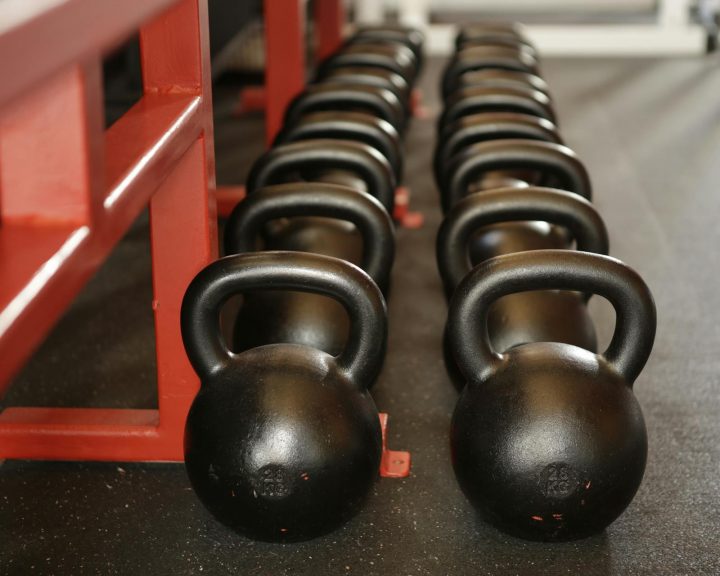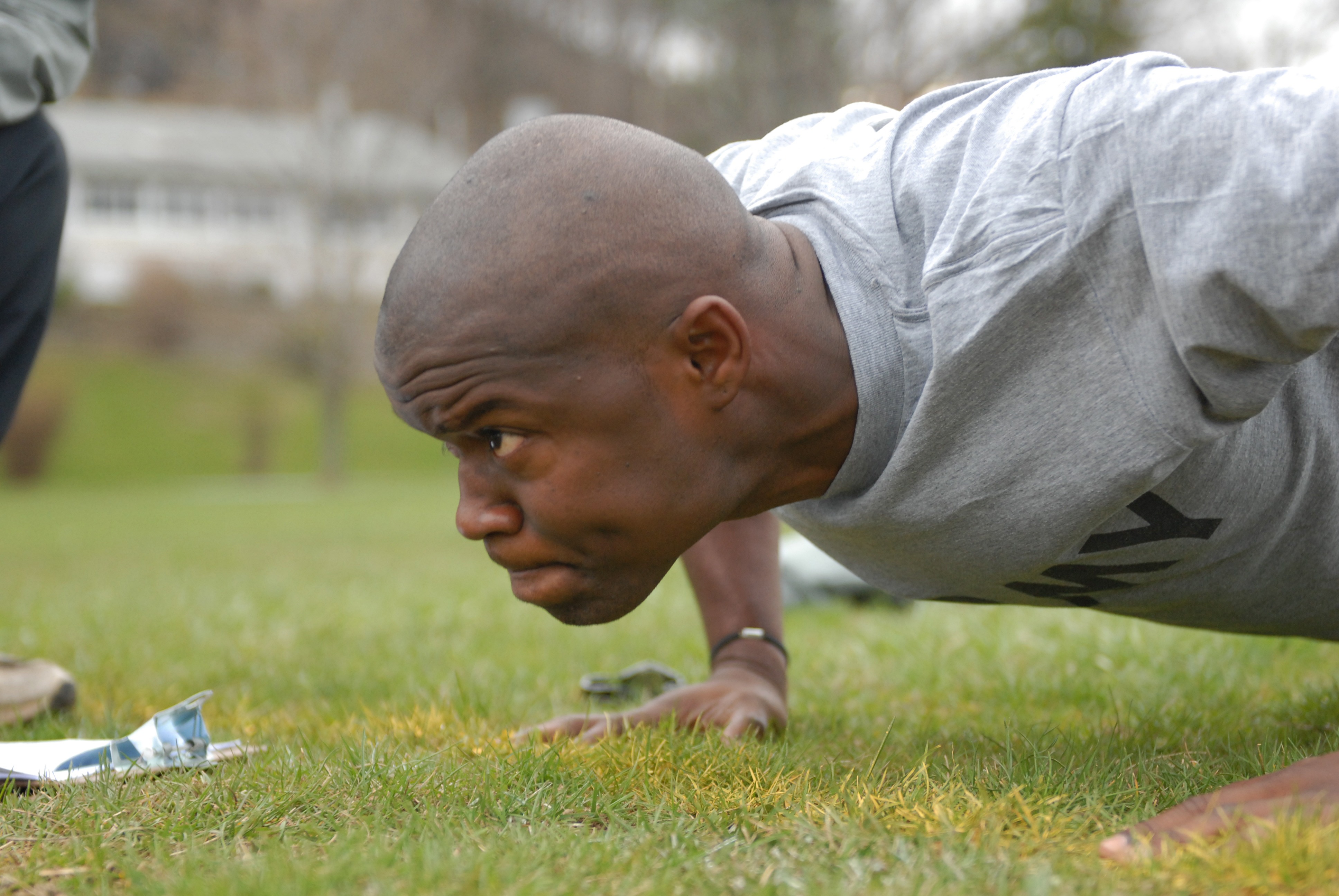The journal Sports Medicine has a review in the March issue on hamstring strain injuries (HSI’s). Beginning with the premise that despite our knowledge of injuries and strength/conditioning, HSI’s are not declining. Beginning with that premise, the authors state that what we know needs to be reviewed as something in the practice of injury prevention/rehab isn’t working.
According to the authors, depending upon the sport, HSI’s account for 12-26% of all injuries. In addition, at least a quarter of those are re-injuries. The majority of HSI’s occur when running, primarily during the “terminal swing” which is the time during which the hip is flexing, the knee is extending, and the hamstrings are firing (while lengthening) to keep the knee from hyperextending.
The authors identify risk factors for HSI’s and classify these as unalterable and alterable. The unalterable ones include age, previous injury, and ethnicity (Aborigininal, black African, and Caribbean ethnicity may be risk factors). The alterable ones include strength imbalances, flexibility, (the authors cannot find evidence that poor flexibility contributes to hamstring injuries), and fatigue.
The article concludes with looking at how effective training is at preventing HSI’s. Essentially the authors state that eccentric training studies are inconclusive, Since flexibility doesn’t seem to be associated with hamstring injuries, the authors don’t find that flexibility training reduces hamstring injuries.
Now, an interesting point is that there may be “maladaption” as a result of hamstring injuries. They use ACL injuries as an example. After an ACL injury the maladaption is that the athlete is unable to achieve the same voluntary activation of the knee extensors, sometimes for years after the injuries. The idea here is that this may explain the significant re-occurrence of injury though this has not been studied.
I find the authors’ points about flexibility really interesting. Another example about how the literature frequently conflicts with what we “know.” The maladaption point is an interesting one and represents something that warrants further study.
Opar, D.A., Williams, M.D., and Shield, A.J. (2012). Hamstring strain injuries: Factors that lead to injury and re-injury. Sports Medicine, 42(3): 209-226.


